.jpg?1537702346)
There are so many complexities and contradictions in life in general and architecture in particular. I am writing this intro to an interview I held in 2004 with Robert Venturi and his life-and-architecture partner Denise Scott Brown, while visiting Beijing’s Tsinghua University where I was invited to teach this fall. Was it simply a coincidence when, at the last moment before leaving my New York City apartment I would, almost by chance, grab a 2001 issue of Architecture magazine with Venturi on its cover and his contradictory quote, “I am not now and never have been a postmodernist.”
I learned of Venturi's passing last week on my first day of teaching at Tsinghua; the news arrived as I and the students discussed their proposals to improve their campus. In yet another strange coincidence, Venturi and Scott Brown had, just prior to our interview, been working on their own proposal for the very same campus. It was a pleasant and bittersweet surprise then to hear my students speak of freeing up the campus in much the same ways as Venturi's Complexity and Contradiction in Architecture attacked then domineering architecture of minimalism and abstraction over 50 years ago.
His and Scott Brown’s ideas for this campus did not materialize but their analytical and often rebellious thinking greatly influenced how students here and architects all over the world approach architecture. It was Venturi who freed our discipline, it was him who set us all free and encouraged to ask our own questions, to get away from all kinds of dogmas and to provoke ideas of hybridization. What follows is an excerpt from my conversation with the architects at their office in Philadelphia 14 years ago.


.jpg?1537701733)




















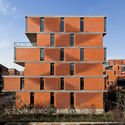
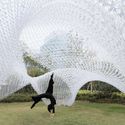
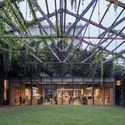
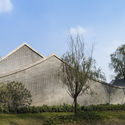
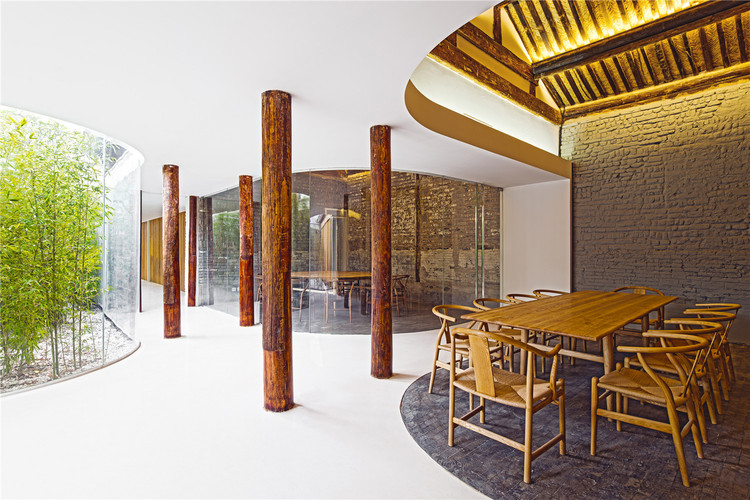























































Wade_ZIMMERMAN_15nb_p325.jpg?1499405889)
Nicolas_BOREL_100.jpg?1499404690)
Wade_ZIMMERMAN_2008_07_7983REC_p242.jpg?1499405668)
Hufton_Crow_005-P399.jpg?1499406792)
CDP.jpg?1499408011)


.jpg?1494330446)

